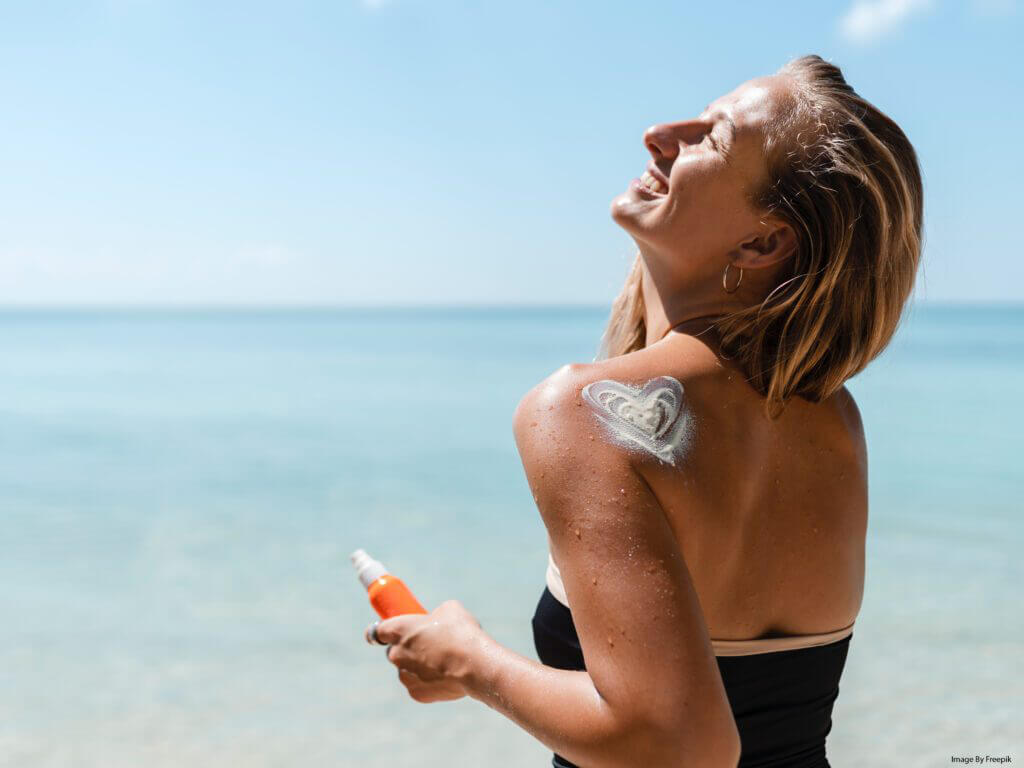Introduction:
Welcome to Staying Alive, your trusted source for First Aid Training. With summer in full swing, it’s essential to stay informed about sunburn and how to treat it safely. Whether you’re enjoying a day at the beach or simply basking in the British sunshine, sunburn can sneak up on anyone. In this blog post, we’ll explore the causes of sunburn, its potential dangers, and most importantly, share practical tips on how to treat sunburn safely.
Understanding Sunburn:
Sunburn occurs when your skin is overexposed to the sun’s ultraviolet (UV) radiation. In the UK, even on cloudy days, harmful UV rays can still penetrate the skin. It’s important to note that sunburn not only affects fair-skinned individuals but can impact people of all skin types. By understanding the causes and risks, you can take proactive steps to prevent and treat sunburn effectively. Prevention is Key. Preventing sunburn is the first line of defence. Incorporate these preventative measures into your routine to reduce the risk of sunburn:
Seek shade:
Find shelter under trees, umbrellas, or canopies to minimise direct sun exposure during peak UV hours (10 am to 4 pm).
Wear protective clothing:
Choose lightweight, tightly-woven garments that cover your arms, legs, and neck. Wide-brimmed hats and UV-blocking sunglasses are also essential.
Apply broad-spectrum sunscreen:
Use a sunscreen with a high sun protection factor (SPF 30 or higher) and apply it generously to all exposed skin. Reapply every two hours, or more frequently if swimming or sweating. Despite our best efforts, sunburn can still occur.
Here are some common signs of sunburn:
Redness and tenderness: Sunburned skin may appear red, feel warm or tender to the touch.
Peeling and itching: As the sunburn progresses, your skin may start to peel or become itchy.
Swelling and blisters: Severe sunburn can lead to swelling and the formation of painful blisters.
Safe Treatment for Sunburn:
When sunburn strikes, it’s important to treat it safely to promote healing and alleviate discomfort:
1. Cool water: Run the affected area under cool running water for at least 20 minutes, but for larger areas this may need to be longer, this will help to reduce inflammation and soothe the skin. Be careful not to overcool the person, try to keep the cooling process to the affected area only.
2. Hydrate: Take frequent sips of water to rehydrate the body, as sunburn can cause dehydration.
3. Over-the-counter remedies: Non-prescription pain relievers like ibuprofen or aspirin can help reduce pain and inflammation. However, consult a healthcare professional before taking any medication.
4. Moisturise: Once the area has cooled fully you can apply a gentle, fragrance-free moisturiser or aloe vera gel to keep the skin hydrated and promote healing. Avoid petroleum-based products, as they can trap heat and worsen the burn.
5. Avoid further sun exposure: Give your skin time to heal by staying out of the sun until the sunburn subsides completely.
Seeking Medical Attention:
While most sunburns can be treated at home, it’s important to recognise when medical attention is necessary:
1. Severe pain or blistering: If the sunburn is accompanied by intense pain, widespread blistering, or signs of infection, consult a healthcare professional.
2. Sunburn over a large area: Extensive sunburn covering a significant portion of your body may require medical evaluation.
3. Severe symptoms: If you experience dizziness, fever, nausea, or severe headaches, seek immediate medical attention.
Conclusion:
Sunburn is a common and preventable condition that can cause significant discomfort. By taking steps to prevent sunburn in the first place and knowing how to treat it effectively, you can enjoy the sunshine safely and avoid any unnecessary damage to your skin.
